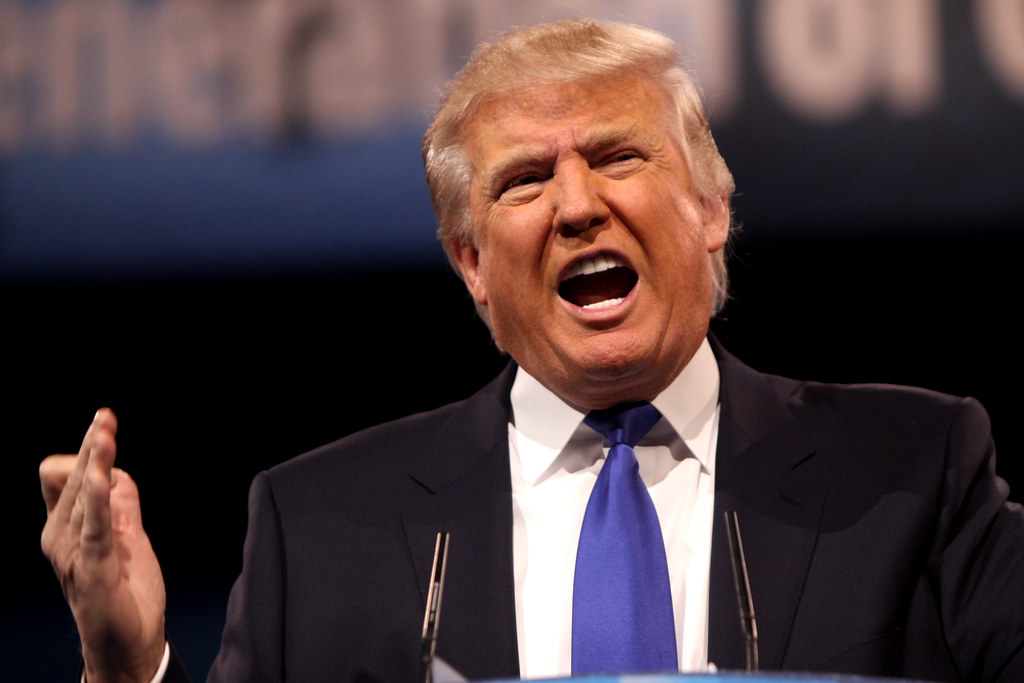Key Takeaways:
- Trump economy claims clash with what voters feel.
- Many Americans still worry about rising prices.
- Top advisers warn perception may undercut support.
- New messaging plans aim to close the reality gap.
Understanding the Trump Economy
The president says the nation enjoys its best economy ever. Official numbers show growth, low jobless rates, and strong markets. However, many people still feel the pinch when they shop or fill their gas tank. As a result, this divide between facts and feelings has grown. Advisers now worry that voters will judge the Trump economy by their own bills, not by charts.
Voters Feel the Pain of High Prices
Across the country, families see prices rise in stores every week. They compare today’s costs to what they expected if the administration stayed the same. Yet, they feel disappointed. In fact, many believe things got worse, not better. Meanwhile, the president insists paychecks are growing and inflation is under control. Still, people say they haven’t seen those gains take root in their wallets.
As a consequence, the public mood grows tense. For example, grocery bills now claim a bigger chunk of budgets than before. Also, rent and utility costs keep climbing. So, even if economic reports look strong, voters chase deals and cut back on extras. This makes it harder for officials to sell the broader success story.
Advisers Sound the Alarm
Inside the West Wing, a top economic adviser admitted worries. He said that the reality is solid growth but the perception feels weak. He pointed out that voters aren’t convinced by charts. They judge the economy by prices they see at checkout lines. In turn, this belief may hurt the president’s standing as the next election nears.
Another long-time campaign expert urged leaders to stop lecturing voters. He said telling people “Trust the plan” won’t work alone. Instead, he recommends showing tangible results in daily life. For instance, targeted relief on groceries or energy costs could bridge the gap. However, time is limited before voters cast their ballots.
Why the Trump Economy Feels Far Away
Here lies the heart of the problem: perception. On paper, the Trump economy scores high marks. The stock market hits record highs, unemployment sits near historic lows, and corporate profits soar. Yet, most Americans live outside Wall Street and corporate boardrooms. They head to the local supermarket, fill up at the pump, and send kids to college. If those costs keep climbing, confidence erodes.
Moreover, news cycles amplify every price hike. Social media posts, local news reports, and even casual talks with neighbors can shape opinions. Therefore, the idea of a booming Trump economy feels distant. In fact, studies show that when everyday expenses climb, voters doubt national success. They trust their own wallets more than any report.
Transitioning from facts to feelings requires clear actions. For example, cutting tariffs could lower import costs on goods. Also, boosting competition among food suppliers might curb grocery prices. Yet, such steps take time to show results. Meanwhile, advisers push for honest messages that acknowledge struggles. They believe admitting problems can build trust.
Can Messaging Bridge the Divide?
To fix the perception gap, the administration must test new messaging strategies. First, they could highlight local success stories where families feel benefits. Perhaps a factory reopening in a small town or a community with new jobs. These human tales often resonate stronger than national stats.
Second, leaders should use simple language that connects. Instead of talking about GDP, they can talk about how many families found new work. Instead of inflation rates, they can mention how some store prices have slowed. In this way, the Trump economy message may feel more real.
Third, real relief efforts could show immediate impact. For instance, a short-term rebate on groceries or a targeted energy credit could ease budgets. Such moves would demonstrate that planners hear voters’ pain. Consequently, the gap between feeling and reality might shrink.
Finally, ongoing reports should balance good news with honest talk about challenges. People respect honesty more than spin. If advisers admit that some costs still rise but explain steps to slow them, voters may listen. At the same time, they can remind the public of the job growth and market gains that back the Trump economy.
Looking Ahead
As the next election approaches, the president’s team faces a tough test. They must show that the Trump economy works for everyone, not just in charts. They also need to prove they hear real worries. By blending clear actions with down-to-earth messaging, they can win back trust. Otherwise, the perception gap could grow and outweigh any economic wins.
Frequently Asked Questions
How can the Trump economy feel better to everyday people?
By tying big economic wins to daily needs. For example, sharing stories of new factories in small towns or highlighting local job fairs can make success relatable.
Why do people doubt the Trump economy despite strong data?
They judge by what they see at stores and gas stations. If prices keep rising there, they doubt that the economy is truly improving.
What messaging changes could fix the perception gap?
Admit challenges, tell simple success stories, and show quick relief actions. Honest talk and local examples help bridge facts and feelings.
Can targeted relief change how voters view the economy?
Yes. Short-term credits or rebates on essentials like groceries or fuel can ease budgets. This immediate impact can help voters feel the benefit.
